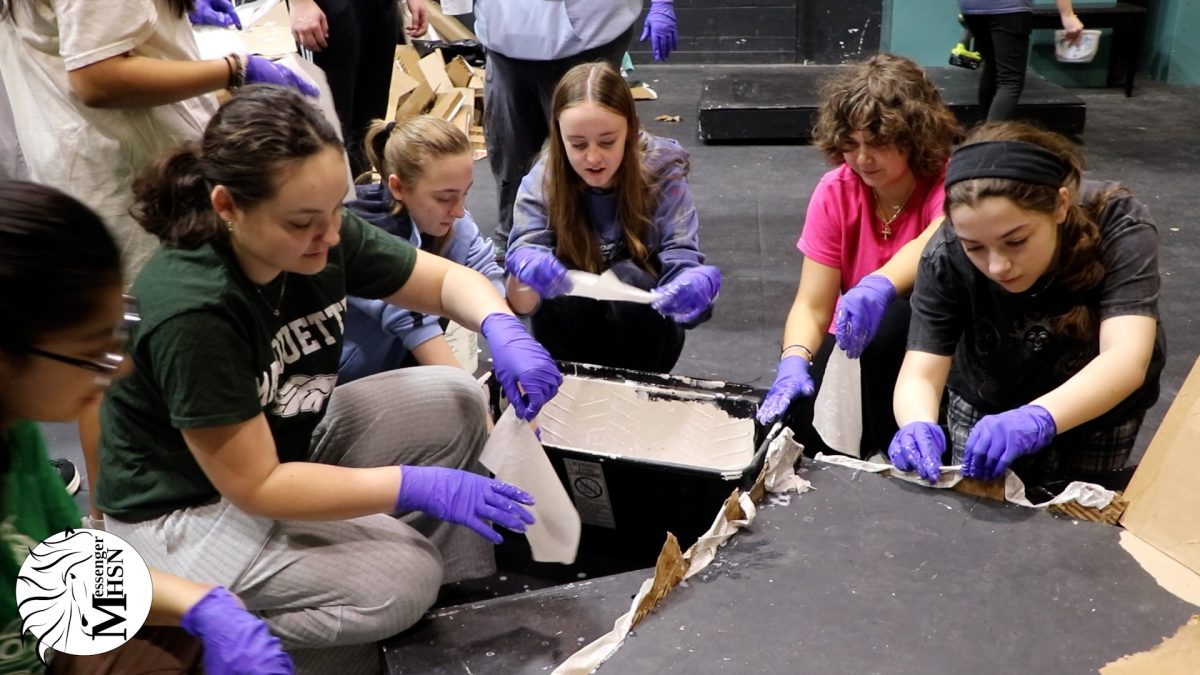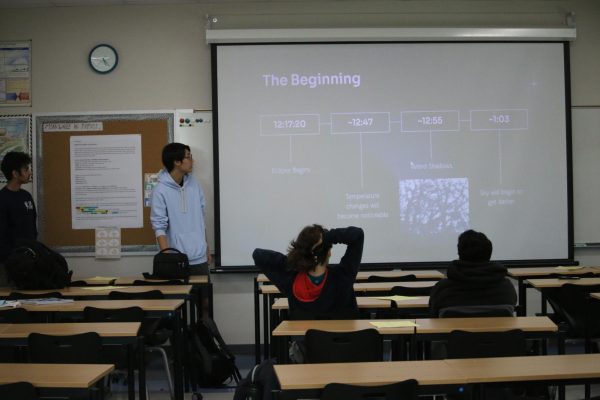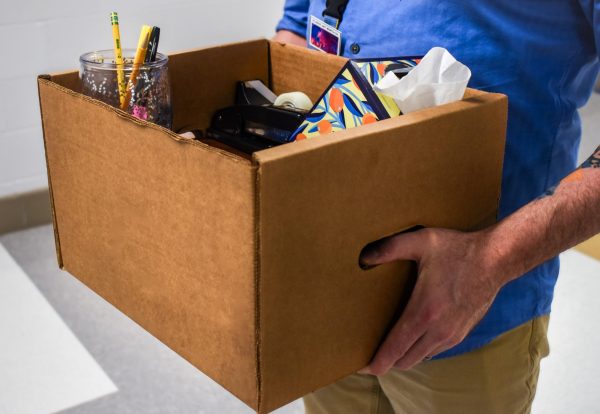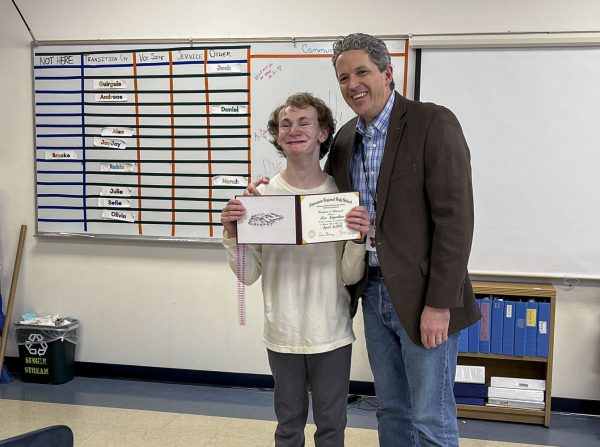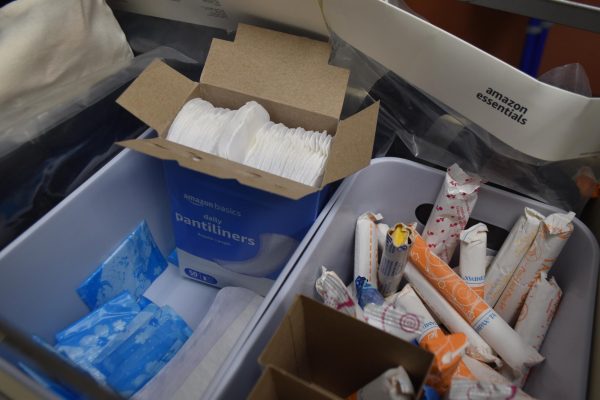How to Teach Calculus with a Baby in Your Arms
CVHS teachers Stephanie Chen, Charlotte Haney, and Rachel Bohenick share their struggles parenting and teaching during the age of coronavirus.
December 4, 2020
With a newborn child in her lap, CVHS calculus teacher Stephanie Chen takes on the task of teaching an entire class while having to tend to her child’s needs at the exact same time. She juggles answering student’s questions, directing powerpoints, and keeping her child content on top of other things.
“I will say having a newborn is probably the hardest part because he wants to be carried all the time. He’s constantly in my lap during classes. I can’t really sit and work a lot of times because, not only does he want to be held, he also wants to be walked around all the time. It greatly limits the time I have to try to get worked done,” Chen says.
Chen isn’t the only teacher who is now having to care for her own children while teaching students. Having the responsibility to care for their own children while conducting a class of over 20 students has been a problem plaguing many teachers, particularly during the first cycle this year while all students and teachers learned and taught from home.
Having a moment to teach and explain instructions to a class uninterrupted can be a rare occurrence for some teachers. Teachers with school-age children must also assist their own children in classwork while helping their own students. AP Human Geography teacher has four children- one in elementary school, and the second oldest in high school.
“Sometimes, he comes in, my 11 year old, and he really, really has something he wants to show. Sometimes it’s just something funny he wants to show or sometimes he has a problem with his own online school where I’m like, ‘I can’t help you right now, I’m in the middle of teaching,’” says Haney.
Even outside of class times, teachers have an incredible amount of work to do for students; whether it’s grading countless assignments, answering dozens of emails, or finding workarounds for technology they’ve never used before. Teachers are now finding themselves working around the clock to keep up with the demands from both their work and family life.
English I teacher Rachel Bohenick states that she worked from the morning to 10 0’clock or midnight on weekdays but also on weekends as well during the first cycle.
“I have no more hours of my day. I can’t just tell my kids to make their own dinner,” says Bohenick.
Haney, who has been finding herself working all through the weekend, shares that the long work hours have been taking a toll on her relationship with her family.
“The teaching is a lot because I have to work so many hours, it kind of leans into the amount of time I have with my family. So, pretty much my whole day is teaching because I’m online, and then I’m never totally present with my family,” says Haney.
Teaching during the pandemic has not only affected the relationships teachers have with their families, but with students as well.HISD did not force students to turn their cameras on, which means that students don’t have a reason to turn them on. Classes now seem dull, not only to students – but to teachers as well.
“I have to constantly remind myself I’m teaching real people. I miss those relationships with kids; teaching is always a lot of work, but it’s worth it because you love what you see happening with the students and it’s fun to just see what they’re doing and interact with them,” says Haney.
Chen thinks that the district can do more to recognize the plight of teachers who are also parents, but is appreciative that CVHS has been more understanding.
I don’t feel like I’ve had any HISD support. I think our admin at Carnegie has been good because they have let some teachers continue to work from the home classroom instead of on campus classroom. I definitely appreciate that because it allows me to keep being here for my son because we don’t otherwise have childcare,” says Chen.
On October 22nd, there was a sick-out protest in which numerous teachers from 35 different campuses called in sick. This was done in order to demand better conditions for not only students, but also educators and staff in order to protect themselves and their families.
Leaders of the sick-out demanded capping classrooms at 15 students, a required 6 feet of social distancing, serving meals outside of the building for ventilation purposes, and improving air ventilation throughout the campus.
Many teachers took this sick day to get tested for COVID-19.
“I don’t see the district as the one to blame. I think the state is more at fault. But, I do think that the district needs to be aware of the effects,” says Bohenick.
When asked about their opinions on the HISD mandate for teachers to return to school, most of the teachers seemed to display concern for the wellbeing of themselves and other teachers on different campuses.
“From some of the reports that I heard from other schools, it sounds like a lot of the distancing or a lot of the ideas that they were trying to put out aren’t really happening, or those particular administrations aren’t enforcing it, or are under pressures where they can’t enforce it,” says Chen.
With all the adjustments that teachers have to make, it’s almost like this year is the first year of teaching for everyone, no matter how long they have been at the school.
“It’s like you’re a first year teacher. You’re having to learn on the job new responsibilities. So right now I have the responsibility to take care of people that I interact with. But I’m also learning how to change things that I always do. That’s really hard so for teachers right now. Even when it looks like maybe they’re disorganized, they’re just really working really hard,” says Bohenick.
This story was originally published on Upstream News on November 12, 2020.



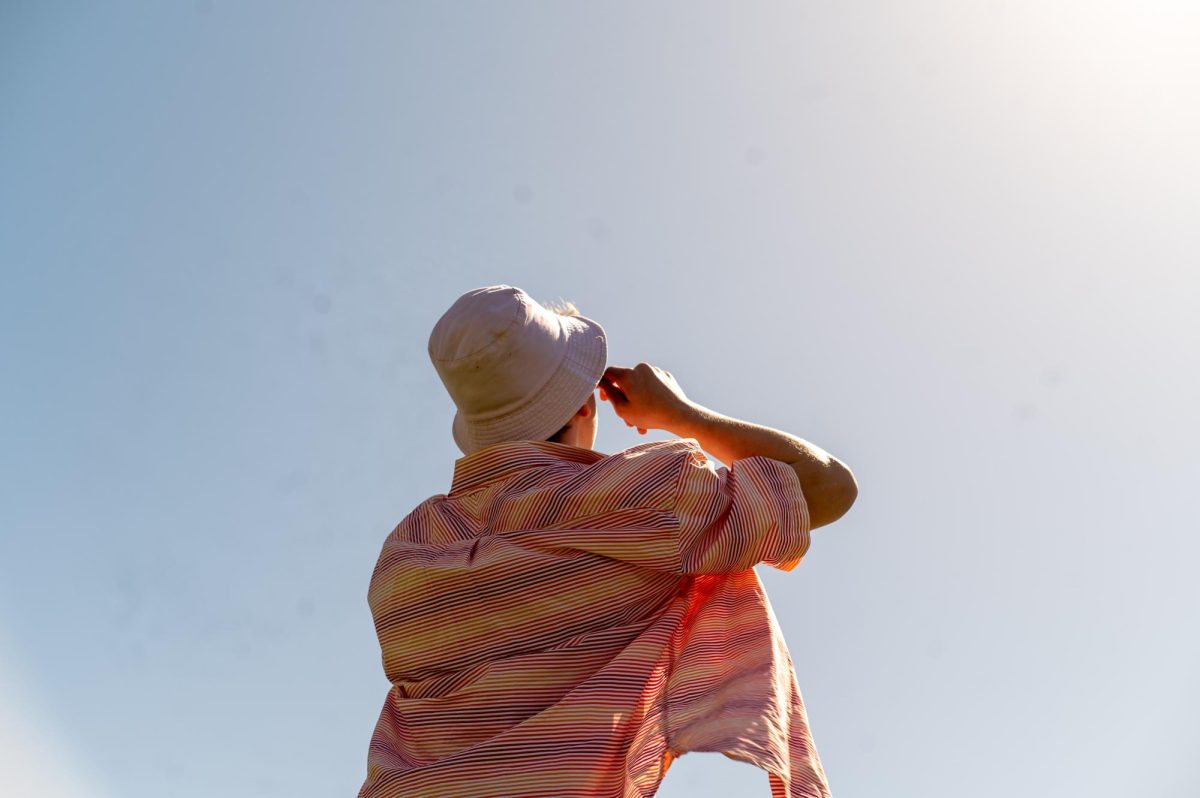

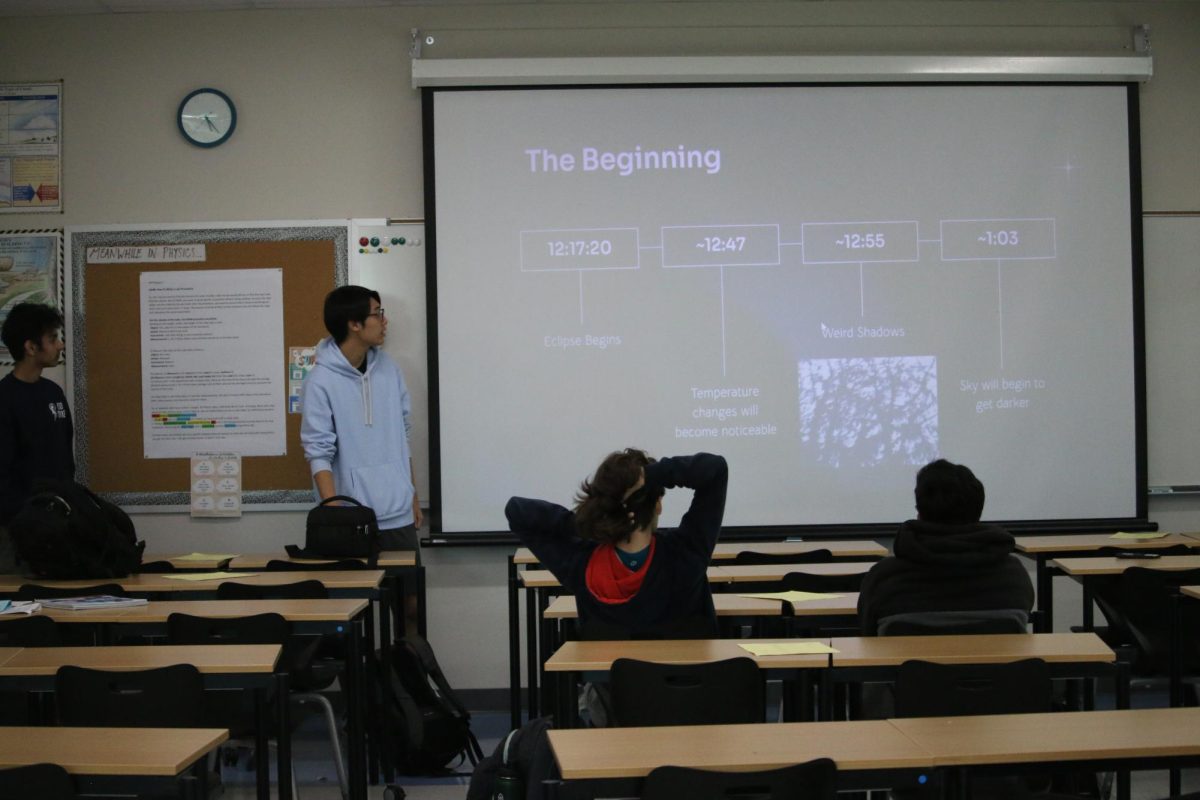






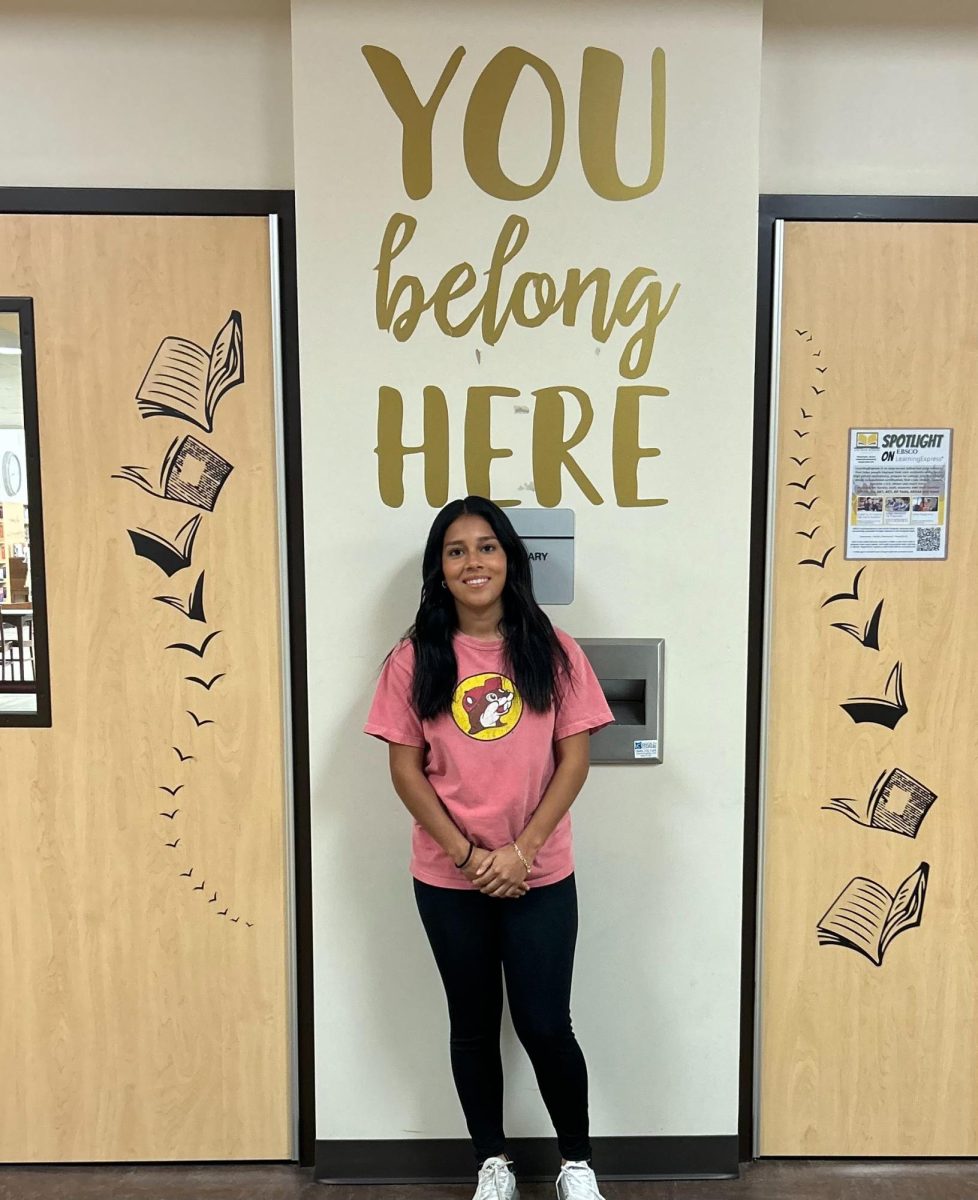















![IN THE SPOTLIGHT: Junior Zalie Mann performs “I Love to Cry at Weddings,” an ensemble piece from the fall musical Sweet Charity, to prospective students during the Fine Arts Showcase on Wednesday, Nov. 8. The showcase is a compilation of performances and demonstrations from each fine arts strand offered at McCallum. This show is put on so that prospective students can see if they are interested in joining an academy or major.
Sweet Charity originally ran the weekends of Sept. 28 and Oct. 8, but made a comeback for the Fine Arts Showcase.
“[Being at the front in the spotlight] is my favorite part of the whole dance, so I was super happy to be on stage performing and smiling at the audience,” Mann said.
Mann performed in both the musical theatre performance and dance excerpt “Ethereal,” a contemporary piece choreographed by the new dance director Terrance Carson, in the showcase. With also being a dance ambassador, Mann got to talk about what MAC dance is, her experience and answer any questions the aspiring arts majors and their parents may have.
Caption by Maya Tackett.](https://bestofsno.com/wp-content/uploads/2024/02/53321803427_47cd17fe70_o-1-1200x800.jpg)
![SPREADING THE JOY: Sophomore Chim Becker poses with sophomores Cozbi Sims and Lou Davidson while manning a table at the Hispanic Heritage treat day during lunch of Sept 28. Becker is a part of the students of color alliance, who put together the activity to raise money for their club.
“It [the stand] was really fun because McCallum has a lot of latino kids,” Becker said. “And I think it was nice that I could share the stuff that I usually just have at home with people who have never tried it before.”
Becker recognizes the importance of celebrating Hispanic heritage at Mac.
“I think its important to celebrate,” Becker said. “Because our culture is awesome and super cool, and everybody should be able to learn about other cultures of the world.”
Caption by JoJo Barnard.](https://bestofsno.com/wp-content/uploads/2024/01/53221601352_4127a81c41_o-1200x675.jpg)



